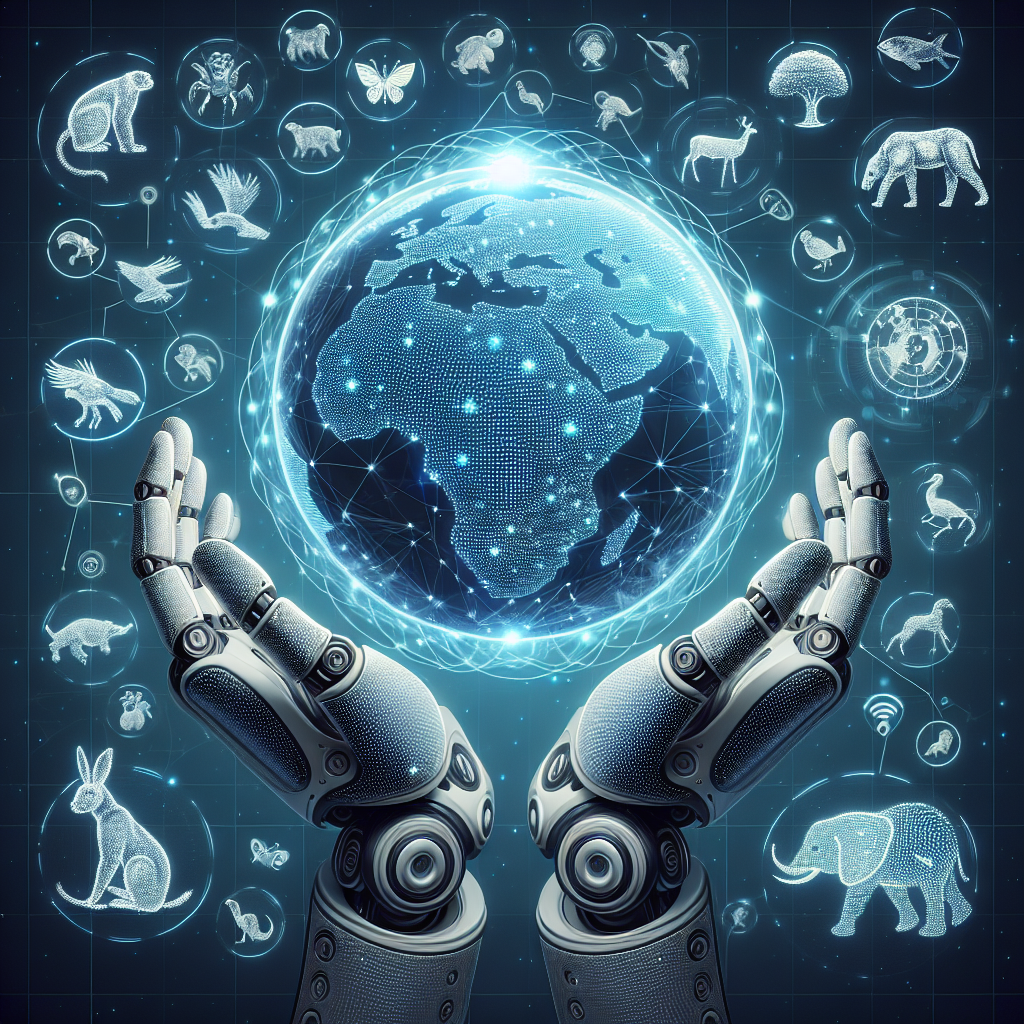The Role of AI Software in Wildlife Protection
In recent years, the use of artificial intelligence (AI) software has been increasingly applied to various fields, including wildlife protection. AI technology has the potential to revolutionize the way we monitor and protect endangered species, track poachers, and conserve habitats. With its ability to analyze vast amounts of data quickly and accurately, AI software is proving to be a valuable tool in the fight to protect wildlife around the world.
One of the key ways in which AI software is being used in wildlife protection is through the development of advanced monitoring systems. These systems can use AI algorithms to analyze satellite imagery, camera trap footage, and other data sources to track the movements of animals and detect any illegal activities in protected areas. By automating the process of monitoring wildlife populations, AI software can help conservationists to more effectively protect endangered species and combat poaching.
For example, the nonprofit organization Wildbook has developed a platform that uses AI technology to identify individual animals in photographs and videos. This system can be used to track the movements of endangered species, such as elephants and tigers, and monitor their populations over time. By analyzing patterns in the data, conservationists can gain valuable insights into the behavior of these animals and take proactive measures to protect them from threats.
AI software is also being used to combat poaching by predicting where and when illegal activities are likely to occur. By analyzing historical data on poaching incidents, AI algorithms can identify hotspots where poaching is most prevalent and help law enforcement agencies to allocate their resources more effectively. In addition, AI software can be used to analyze social media posts and other online data to identify potential poachers and disrupt their activities before they can harm wildlife.
Another important application of AI software in wildlife protection is in the field of habitat conservation. By analyzing satellite imagery and other data sources, AI algorithms can identify areas of habitat loss and degradation and help conservationists to prioritize their efforts to restore these ecosystems. This can be particularly valuable in regions where deforestation, urbanization, and other human activities are threatening the survival of endangered species.
Overall, the use of AI software in wildlife protection has the potential to revolutionize the way we conserve biodiversity and protect the natural world. By harnessing the power of AI technology, conservationists can more effectively monitor and protect endangered species, combat poaching, and conserve habitats for future generations. As the threats to wildlife continue to grow, AI software will play an increasingly important role in the fight to preserve our planet’s biodiversity.
FAQs
Q: How does AI software help in monitoring wildlife populations?
A: AI software can analyze satellite imagery, camera trap footage, and other data sources to track the movements of animals and detect any illegal activities in protected areas. By automating the process of monitoring wildlife populations, AI software can help conservationists to more effectively protect endangered species and combat poaching.
Q: How can AI software help in combating poaching?
A: AI software can predict where and when illegal activities are likely to occur by analyzing historical data on poaching incidents. This information can help law enforcement agencies to allocate their resources more effectively and identify potential poachers before they can harm wildlife.
Q: What is the role of AI software in habitat conservation?
A: AI software can analyze satellite imagery and other data sources to identify areas of habitat loss and degradation. This information can help conservationists to prioritize their efforts to restore ecosystems and conserve habitats for endangered species.
Q: What are some examples of AI software being used in wildlife protection?
A: Organizations like Wildbook have developed platforms that use AI technology to identify individual animals in photographs and videos. This technology can be used to track the movements of endangered species, monitor their populations, and gain valuable insights into their behavior.
Q: How important is the role of AI software in wildlife protection?
A: AI software plays a crucial role in wildlife protection by providing conservationists with valuable tools to monitor and protect endangered species, combat poaching, and conserve habitats. As the threats to wildlife continue to grow, AI software will become increasingly important in the fight to preserve our planet’s biodiversity.

